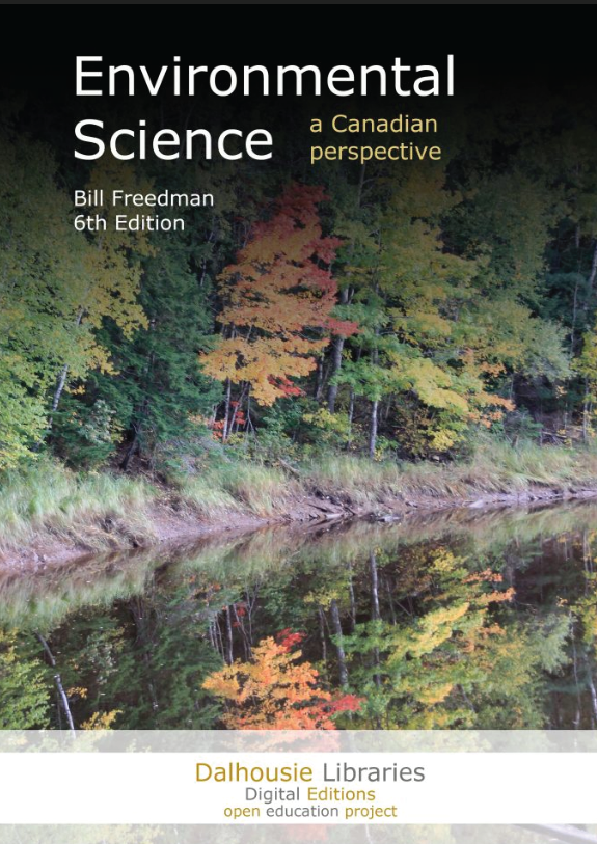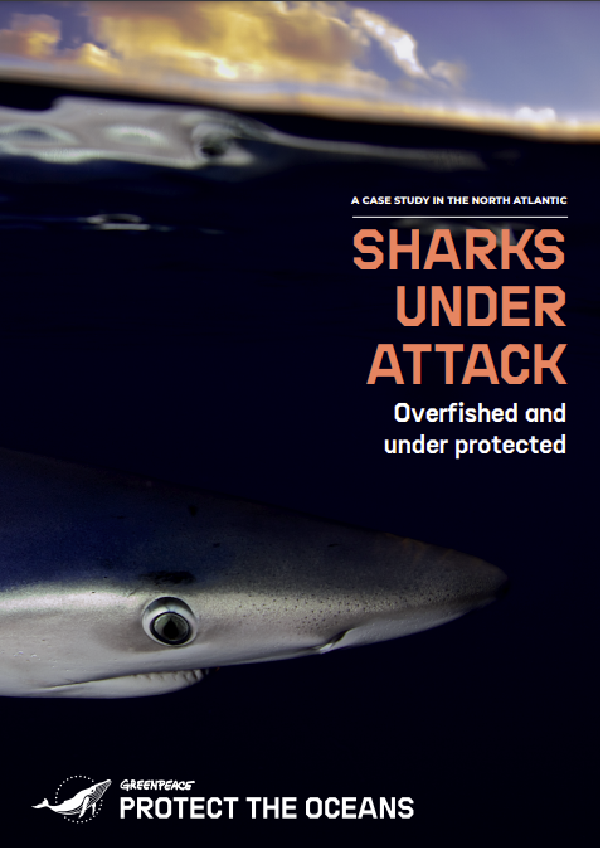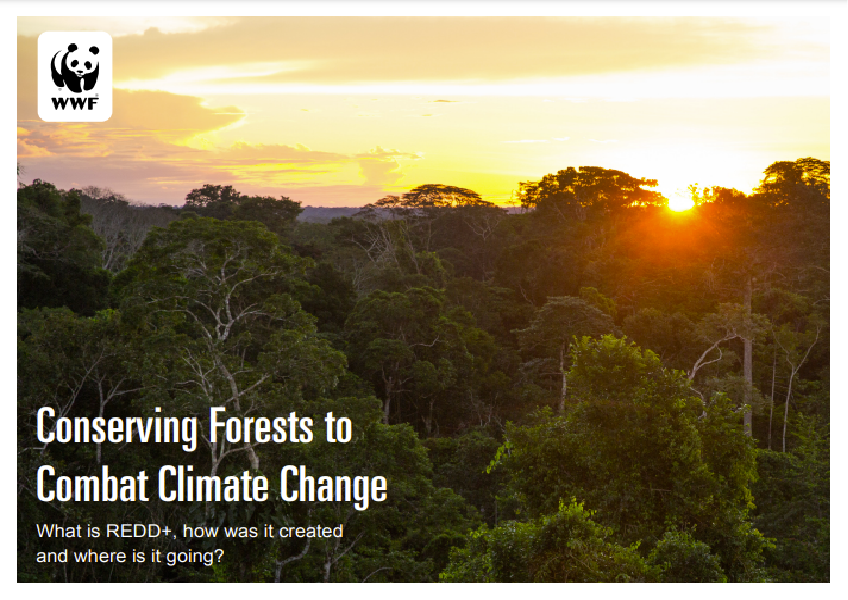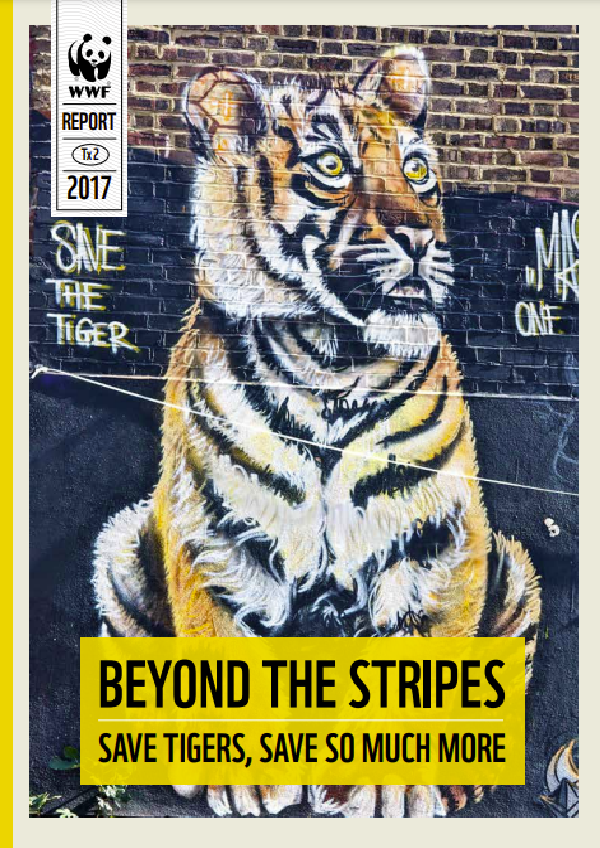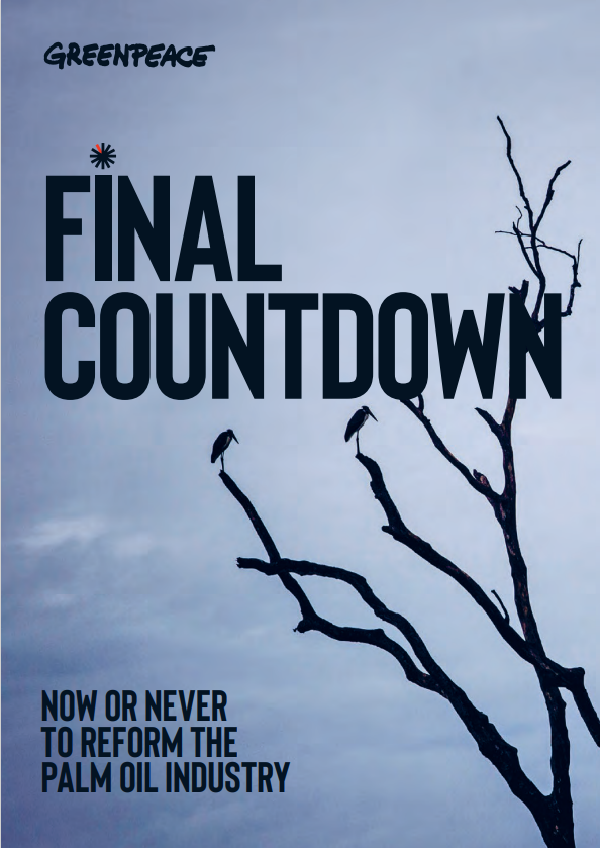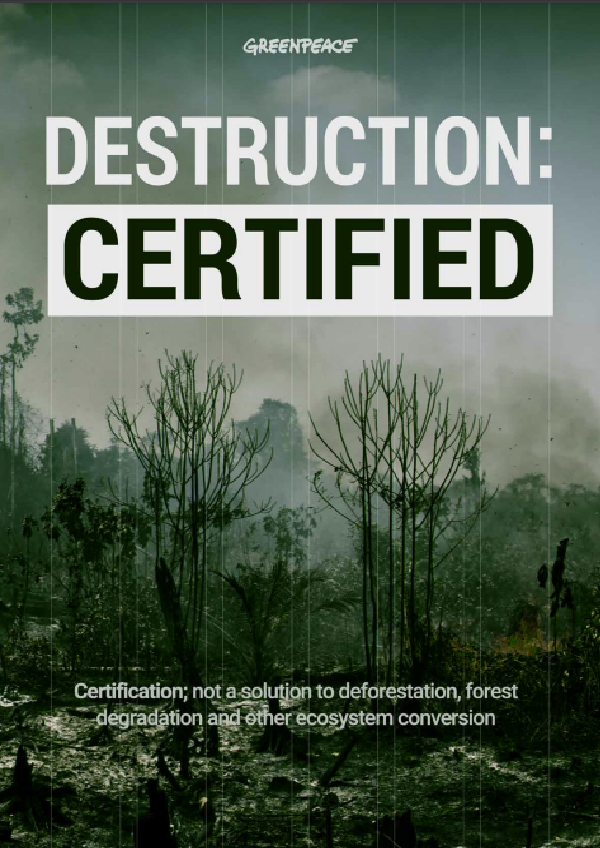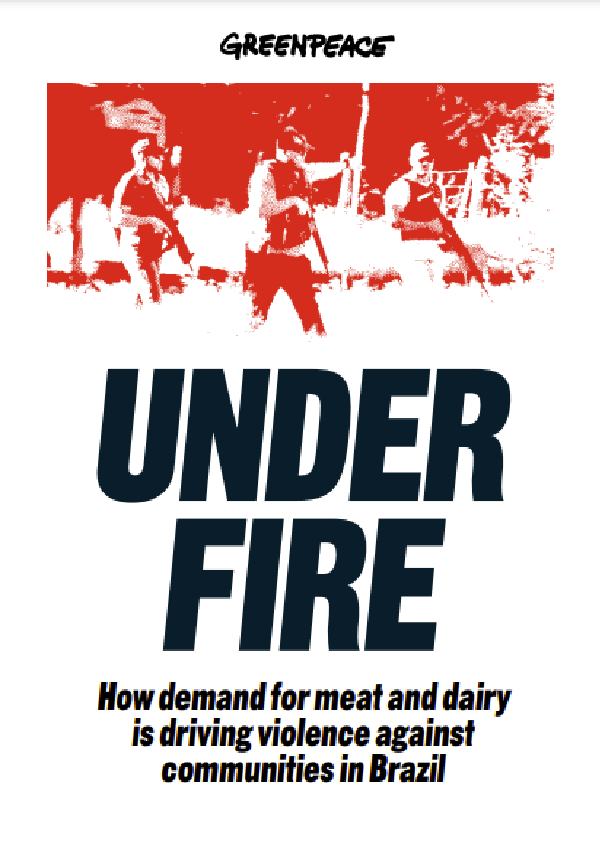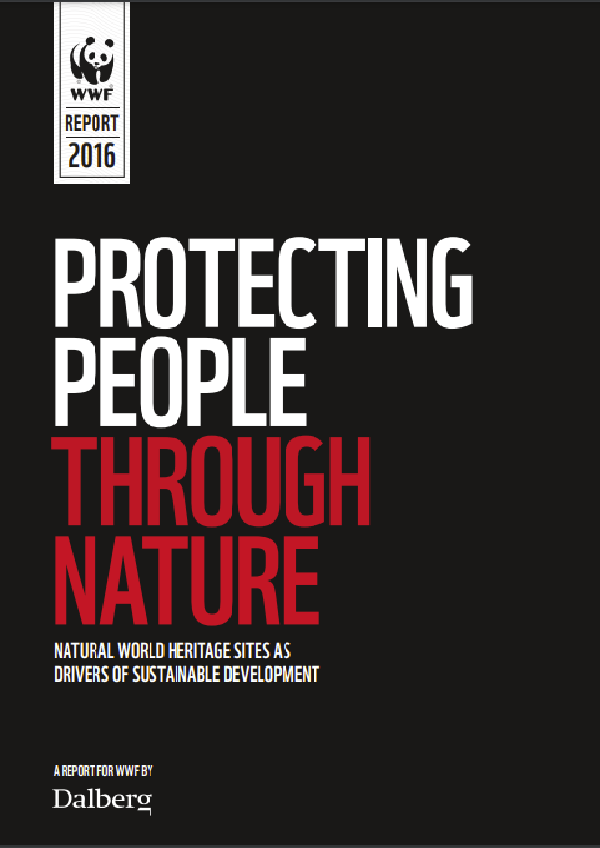Bill Freedman (1950-2015) was a colleague at Dalhousie University and was also a neighbor down the street from me. I was chair of the committee that recommended him for a position in the Biology Department in 1979 and later Bill becamemy department chair. We shared many ecological interests and often walked together. So I knew Bill both personally and professionally.
When Bill arrived at Dalhousie University in 1979, he threw himself into intensive field work. His graduate students became well versed in field skills and many have gone on to play key environment-related roles in Nova Scotia and elsewhere. Bill was a superb supervisor.
Bill authored or co-authored over 100 refereed research papers. Collectively they could be described as quantitative descriptions of natural and human-stressed habitats and their associated flora and fauna. Those studies continue to provide invaluable reference or baseline data on the state of a wide range of aquatic and terrestrial sites in a world changing ever more rapidly under the influence of humans. Many of the quantitative examples Bill provides in this book are drawn from those papers.
A lot of Bill’s earliest work focused on effects of acid rain on surface waters and forests and relationships of aquatic plants and amphibians to acidity. He ventured into assessment of carbon storage in forests well before it became an important topic, subject to international agreements related to GHGs, and he was one of the first environmentalists to highlight the potential of protected areas for carbon storage. In later years, he took an interest in urban ecology. He was especially passionate about the Canadian Arctic, Sable Island and birds. Bill was a collector, intellectually and physically. His intellectual collection was encyclopedic. There was very little on land and in fresh waters world-wide that Bill could not make a comment on or cite his own observations. Bill and George-Anne’s house, strategically located “half way between the Biology Dept. and the squash courts” as Bill would say, hosted an incredible collection of artifacts including for example, hundreds of old Nova Scotia bottles, probably a hundred or more wooden decoys, animal carvings, stuffed birds (100 years and older) and all manner of sea floats and pieces of old fishing gear; their walls were covered with large bird prints, and bookshelves were replete with old volumes on natural history. Nothing was new; most of the items came from a local flea market which Bill visited regularly.
Bill walked the talk as an environmentalist. He was a vegetarian for his last 30 years or so because of concerns about impacts of livestock on environment. He filled the small spaces around his house with native plants. He had a small Canadian built car. He volunteered for 25 years on the board of the Nature Conservancy of Canada, several as chair and conducted related field work as a volunteer. I frequently think about the story I was told by one NCC board member about the time they all wore horn rimmed glasses with Einstein-like moustaches to one of their meetings, an expression of their strong affection for Bill, who bore more than a little facial resemblance to Einstein.
